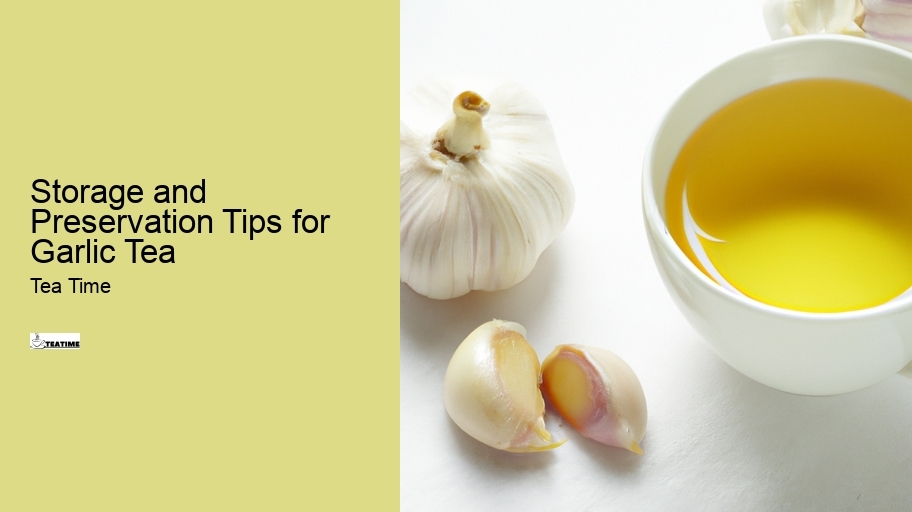

Garlic tea offers a unique and robust flavor profile, which can be an acquired taste for some. The primary flavor is, unsurprisingly, garlic – pungent, earthy, and slightly spicy. This strong base is often softened or complemented with additional ingredients like honey, lemon, or herbs.
The flavor can vary depending on the type of garlic used and the brewing method. Fresh garlic results in a more intense flavor, while dried garlic tends to be milder.
Garlic tea enthusiasts appreciate it for its depth and complexity of flavor, as well as for its health benefits. Immune System Boosting Exploring different brewing methods and additions can help find the right balance that suits your palate.
Garlic tea is sometimes used as a natural remedy for allergy relief.
The key compound in garlic, allicin, is thought to contribute to its allergy-relieving properties. Drinking garlic tea during allergy season can help in boosting the immune system, making the body less reactive to allergens.
As with any natural remedy, it’s important to use garlic tea as part of a comprehensive approach to managing allergies. It should not replace prescribed allergy medications but can be used alongside them to provide additional relief.
Introducing garlic tea to your diet can be a simple and effective way to enjoy its health benefits. Start with a small amount, especially if you’re new to the flavor. You can gradually increase the quantity as you get accustomed to it.
Incorporating garlic tea into your daily routine can be done in various ways. Drinking it in the morning can kickstart your metabolism, while having it in the evening can be a relaxing ritual. Pairing garlic tea with meals can also aid in digestion.
Consistency is key when it comes to reaping the full benefits of garlic tea.
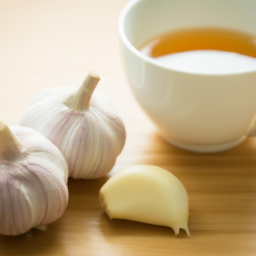
Garlic tea's benefits may extend to bone health, primarily due to its mineral content and anti-inflammatory properties. The trace minerals found in garlic, like manganese and calcium, are essential for bone strength and development. Regular consumption of garlic tea can contribute to maintaining healthy bones.
The anti-inflammatory properties of garlic are beneficial in reducing inflammation in the body, which can be a factor in conditions like osteoporosis. By helping to lower inflammation, garlic tea can support overall bone health.
Including garlic tea in a diet rich in calcium and vitamin D, and engaging in regular physical activity, can be a holistic approach to maintaining strong bones. As with any dietary change, it’s advisable to consult with a healthcare professional, especially for those with existing bone conditions.
Nutritional ValueGarlic tea, revered for its myriad of health benefits, is a simple yet powerful brew that can be easily made at home. The process begins with selecting the right garlic – fresh, organic cloves are preferred for their superior flavor and health properties. Start by peeling and lightly crushing 2-3 cloves of garlic, a step that activates the release of essential oils and beneficial compounds like allicin. Place the crushed garlic in a cup or a teapot.
Next, pour hot, but not boiling, water over the garlic. Vitamin C Boiling water can degrade some of garlic’s beneficial compounds, so it's important to let the water cool slightly after boiling. Allow the mixture to steep for about 5-10 minutes. The longer it steeps, the stronger the tea will be, both in flavor and health benefits. This steeping time allows the full essence and benefits of the garlic to infuse into the water.
To finish, strain the garlic pieces from the tea. For those who prefer a milder taste, honey or lemon can be added to the tea to enhance its flavor. These additions not only make the tea more palatable but also complement garlic’s health properties. This soothing beverage can be enjoyed as part of your daily routine, offering a natural boost to your health and wellness.
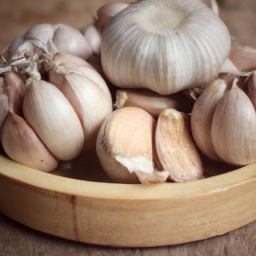
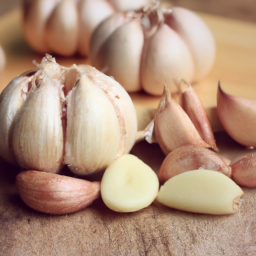
Garlic tea is celebrated for its myriad health benefits, making it a popular choice for those seeking natural wellness solutions. Rich in antioxidants and anti-inflammatory compounds, garlic tea helps combat oxidative stress and inflammation, key factors in chronic disease prevention. Gut Health Its immune-boosting properties, primarily due to the compound allicin, make it an excellent beverage for enhancing overall health.
Regular consumption of garlic tea is known to support cardiovascular health. It aids in regulating blood pressure and cholesterol levels, reducing the risk of heart-related ailments. Additionally, its antimicrobial properties help in fighting off infections and improving gut health, crucial for maintaining a robust immune system.
Integrating garlic tea into your daily regimen can also aid in managing weight and blood sugar levels, making it a valuable addition to a balanced diet. Its versatility in blending with other healthful ingredients like honey or ginger enhances both its flavor and therapeutic benefits, making it a delightful and healthful choice.
Crafting homemade garlic tea is a simple yet rewarding process.
For enhanced flavor and additional health benefits, consider adding complementary ingredients. A dash of honey can sweeten the tea and provide soothing effects, while a slice of lemon adds a refreshing zest and vitamin C. Ginger is another excellent addition, known for its digestive and anti-inflammatory properties.
Enjoying homemade garlic tea regularly can boost your immune system, aid in digestion, and contribute to overall wellness. This simple recipe offers a natural, cost-effective way to incorporate the health benefits of garlic into your daily routine, right from the comfort of your home.
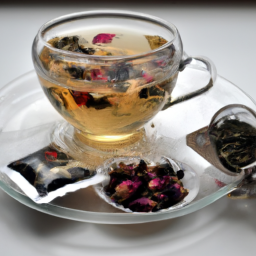
Garlic tea might aid in weight loss as part of a balanced diet and healthy lifestyle. Garlic can boost metabolism and help in regulating appetite, but it should not be relied on as a sole method for weight loss.
While garlic tea is safe for most people, it may not be suitable for everyone. Individuals with garlic allergies, those on blood-thinning medications, or pregnant and breastfeeding women should consult a healthcare professional before consuming garlic tea. Excessive consumption can also lead to digestive discomfort in some people.